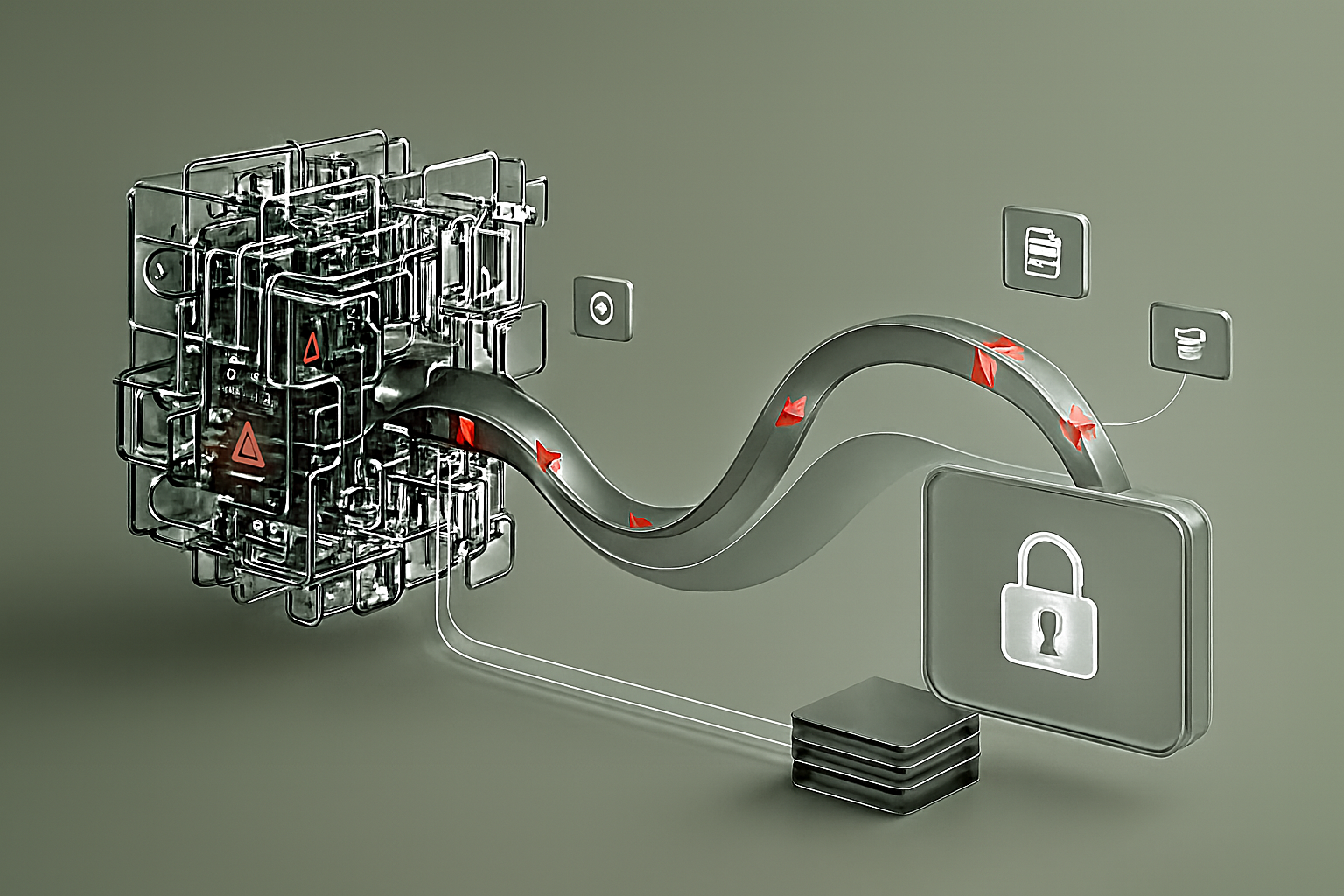The Hidden Costs of Supplier Networks: What Procurement Teams Often Overlook

Category
Supplier Network
Published Date
October 24, 2025
Reading Time
5 Min Read
upplier networks have long been marketed as the key to faster procurement, better supplier access, and more streamlined supply chain operations. On the surface, they appear to be a modern solution to age-old procurement challenges—connecting buyers to thousands of pre-vetted suppliers and automating previously manual tasks.
But beneath the polished marketing and “network effect” buzzwords lies a more complex reality.
The truth is: supplier networks aren't always the cost-saving, efficiency-boosting platforms they claim to be. For many organizations, especially those scaling or digitally transforming their procurement, these networks come with hidden costs—financial, operational, and strategic—that rarely make it into vendor demos or pitch decks.
In this article, we’ll unpack the often-overlooked downsides of supplier networks and why an over-reliance on them could be silently draining your procurement performance.
What Are Supplier Networks, Really?
At their core, supplier networks are third-party platforms that connect multiple buyers and suppliers within a shared digital ecosystem. The goal is to standardize communication, enable faster transactions, and offer built-in supplier pools for sourcing.
These platforms usually operate like marketplaces—buyers can find suppliers, send RFPs, receive quotes, and handle transactions—all within the network interface.
Sounds efficient, right? In theory, yes. But in practice, there are layers of complexity that are rarely acknowledged.
The Real Costs Behind Supplier Networks
Let’s dive into the hidden costs that can turn a supposedly streamlined procurement tool into a source of friction.
1. Supplier Participation Fees: A Barrier to Access
Most supplier networks generate revenue by charging suppliers—sometimes per transaction, sometimes as ongoing access fees. While that may sound fair in principle, it’s often a deal-breaker for small or mid-sized vendors.
- Suppliers may be asked to pay just to submit an invoice.
- Fees might be hidden in transaction costs or deducted from payments.
- Some networks impose onboarding or annual usage fees.
Why it matters:
Your best-fit suppliers may avoid joining altogether, leaving you stuck sourcing from those who can afford to be on the network—not necessarily those who offer the best quality, innovation, or pricing.
2. Slow, Friction-Filled Onboarding
One of the biggest promises of supplier networks is “easy onboarding”—with access to thousands of pre-connected vendors. But in reality, onboarding is often:
- Time-consuming (due to legal reviews, integrations, compliance steps).
- Manual (relying on back-and-forth emails and spreadsheet submissions).
- Fragmented (involving both your team and the network’s support staff).
Why it matters:
This creates a false sense of speed. You may still wait weeks to onboard a supplier, delaying sourcing, contracting, or product launches—defeating the very purpose of using the network.
3. Loss of Data Control and Vendor Lock-In
When you operate within a third-party supplier network, you’re not in full control of your data. Supplier profiles, communication records, and transaction histories are often stored and owned by the platform—not you.
- Some platforms restrict how data can be exported or migrated.
- Your ability to audit, customize, or delete data may be limited.
- Switching providers can lead to data loss or long migration projects.
Why it matters:
You become dependent on the network’s infrastructure. If they raise fees, change policies, or sunset features, your procurement function may be forced to adapt—without much recourse.
4. Weakened Supplier Relationships
Many supplier networks act as intermediaries—inserted between you and your vendors. This reduces direct communication, limits custom collaboration, and can:
- Create transactional rather than strategic relationships.
- Prevent open discussions on pricing, innovation, or problem-solving.
- Erode trust due to lack of transparency or unilateral changes by the platform.
Why it matters:
In the long run, strong supplier relationships drive value—through better service, shared innovation, and faster issue resolution. Networks that act as a middleman often limit that potential.
5. Limited Customization, Complex Integrations
Supplier networks tend to offer standardized workflows designed to support the “average” business. But if your procurement processes involve:
- Region-specific compliance
- Custom approval flows
- Industry-specific documentation
…you’re likely to hit a wall.
Modifying workflows, dashboards, or integrations often involves extra cost or third-party support.
Why it matters:
You either bend your business to fit the network or pay more to force it to fit you. Neither is ideal when agility and customization are critical.
6. Surface-Level Visibility
Yes, supplier networks offer dashboards. But those dashboards are only as good as the data fed into them—and that data is often limited to what’s happening within the network.
- External communication? Not tracked.
- Non-network transactions? Not captured.
- Performance insights? Generic or delayed.
Why it matters:
This gives you an incomplete view of supplier performance, risk exposure, and operational health—especially if not all vendors are using the platform fully.
So, What’s the Alternative?
Instead of relying entirely on supplier networks, many leading organizations are shifting toward private, organization-owned supplier portals that offer:
Full control over supplier onboarding and data
No third-party fees for vendors
Direct communication and collaboration tools
Workflow automation tailored to internal processes
Integration with internal ERP, compliance, and risk systems
Better data privacy and scalability
This doesn't mean networks are obsolete—but they should be used strategically, not as the default.
Final Thoughts: Reclaiming Control in Supplier Management
Supplier networks aren’t inherently bad—but they aren’t neutral, either. They are business models, built around platform revenue, standardization, and mass adoption. And while they can solve some problems, they often introduce new ones in disguise.
Before doubling down on a supplier network, ask yourself:
- Are you optimizing for speed or strategy?
- Are your vendors truly benefiting from the network—or burdened by it?
- Are you in control of your procurement process—or is the platform?
In the new era of supply chain disruption, vendor risk, and ESG pressure, you need a supplier management strategy that prioritizes control, collaboration, and customization—not just connectivity.





